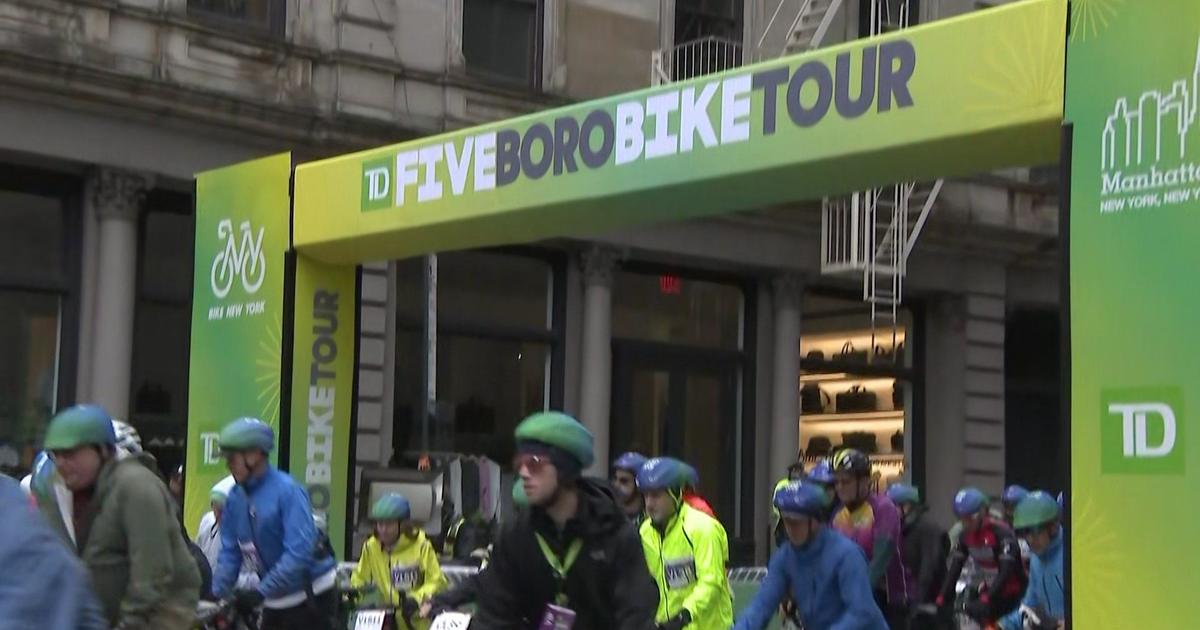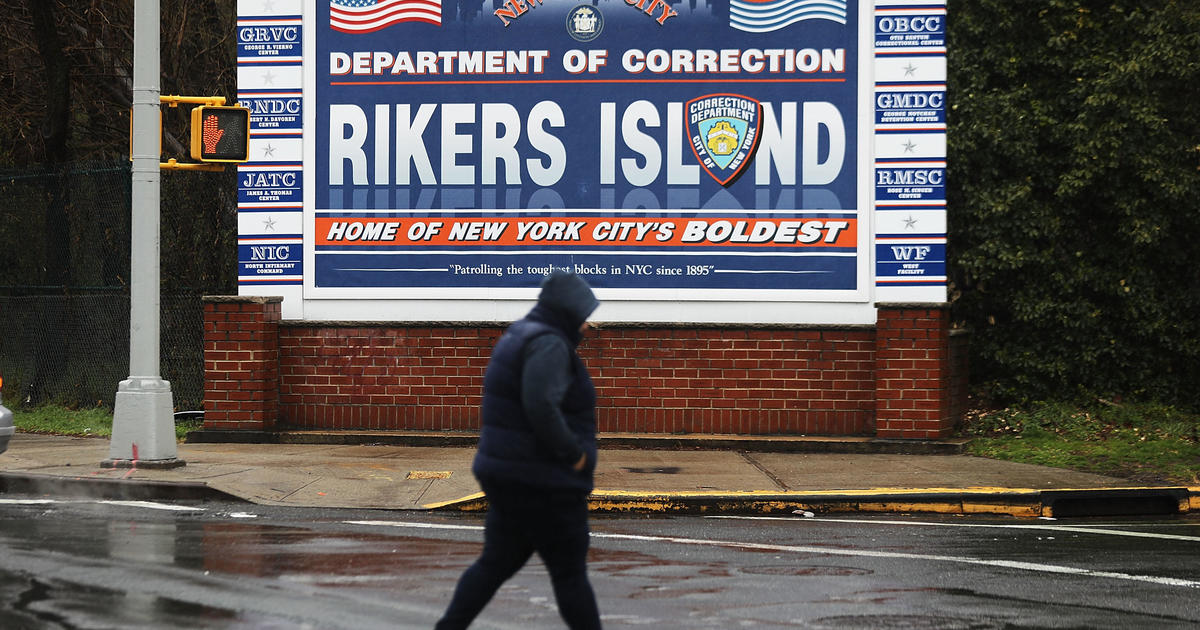Exploring Lower Manhattan's 10-Lane Highway That Almost Was
By Alex Silverman
WCBS 880 reporter
NEW YORK (CBSNewYork) -- What if a 10-lane highway were sliced straight across lower Manhattan? A new exhibit near City Hall explores that very real episode in New York's history.
Tucked inside the stately Surrogate's Courthouse on Chambers Street, in the city's municipal archives, stands a 10-foot-high plywood monstrosity.
"It's green, like the Gowanus Expressway," said Pauline Toole, the commissioner of the Department of Records and the city's chief archivist.
The model represents what New Yorkers might have seen walking through what today is SoHo, though Toole notes that would be a less desirable prospect. "They probably would not have been walking through SoHo because it wouldn't have been the pleasant neighborhood it is. All of those cast iron buildings would have been destroyed."
Indeed, more than a dozen blocks of Broome Street were slated to be flattened to make way for the Lower Manhattan Expressway, or if you prefer the Orwellian-sounding acronym, LOMEX — a 10-lane behemoth that was to connect the Holland Tunnel with the Williamsburg and Manhattan Bridges.
First proposed in the late 1920s, LOMEX was taken off the city map for good in 1969. The exhibit, spanning two rooms at the archives, tells the story of that four-decade saga.
The idea did not originate in the mind of New York's infamous master builder, but if this is a story of heroes and villains, Robert Moses is the antagonist-in-chief.
"Moses was really interested in relieving congestion," said city archivist Rachel Greer. "For him it was killing two birds with one stone. That's a violent metaphor — but slum clearance would be a part of it, because the neighborhood in the highway's path was considered undesirable."
It was a neighborhood from which almost 2,000 families and 800 businesses would have been evicted, if not for a community that rose up. Some of their voices, recreated by actors from the transcript of a contentious 1962 City Hall hearing, add color to the tale of the highway that never was.
WEB EXTRA: Read The 1962 Hearing Transcript
"One of the things that catalyzed people was the fact that Jane Jacobs got involved in the fight," said Greer.
Jacobs, seen today as the mother of modern city planning, was fresh off a victory, having stopped another Moses road through Washington Square Park. It was through her leadership that dozens of community groups and civic organizations found a single voice.
Amid the maps and photos and letters is the real voice of activist Frances Golden, reveling in Moses's eventual defeat.
"He never built another thing," said Golden. "He was finished."
The demise of what then-Assemblyman Louis De Salvio called a "traffic jam- and bottleneck-producing, city throat-cutting, so-called expressway to and from nowhere" is not just a slice of history frozen in time.
"This fight, which was the first time community activists stopped a major highway, was inspiring to people around the country," said Toole.
It changed the way cities change — community input is now a given. In that spirit, a wall of the exhibit is reserved for guests to leave suggestions for the urban troubles of today. One post-it note declares tolls the only way to deal with traffic on the East River bridges.
"They're very current issues, the way people think about their community," said Toole. "Those voices would not have been taken into account if it hadn't been for this fight."



